Engines are supposed to be the crown jewel of a car, the part that defines reliability and performance. Yet throughout history, some manufacturers delivered engines that became infamous for catastrophic failures, design flaws, or poor execution. These engines not only stranded countless owners but also left permanent scars on the reputations of the brands that built them. From rushed experiments to poorly engineered ideas, here are ten of the worst engine failures in automotive history, expanded with production years, horsepower figures, and the kinds of repair costs owners often faced.
Cadillac V8 4.1 Liter HT4100
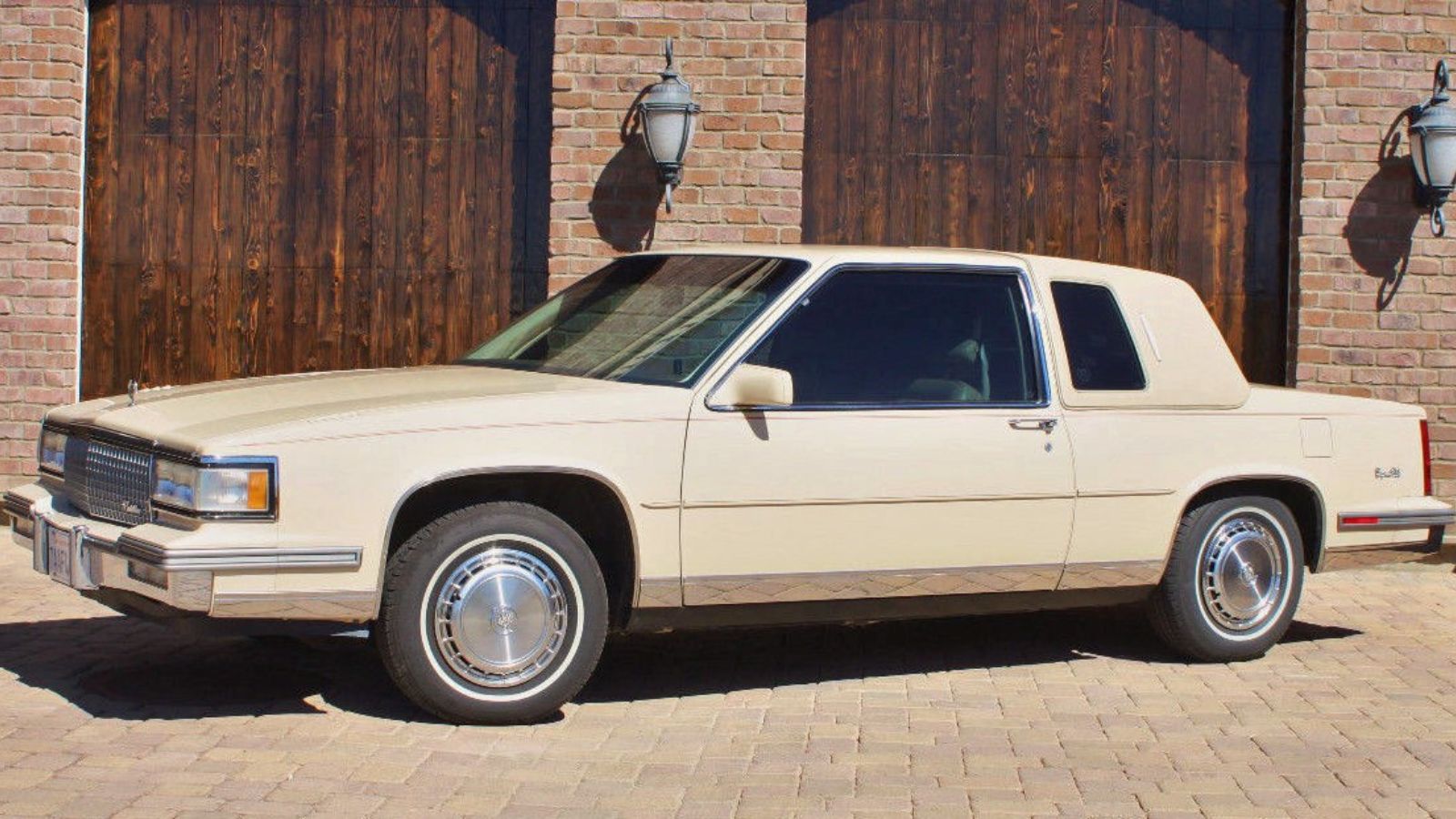
The Cadillac HT4100 debuted in 1982 as a lightweight aluminum V8 designed to bring fuel efficiency to Cadillac’s lineup during the downsizing era. Displacing 4.1 liters and producing around 135 horsepower, it was hopelessly underpowered for luxury sedans and plagued by design flaws. The aluminum block and cast iron heads expanded at different rates, which led to blown head gaskets, cracked blocks, and oil leaks. Many cars required full engine replacements by 60,000 miles. Repair bills often exceeded 3,000 dollars in the 1980s, the equivalent of over 8,000 dollars today. Cadillac’s reputation for durability was badly shaken.
Chrysler 2.7 Liter V6
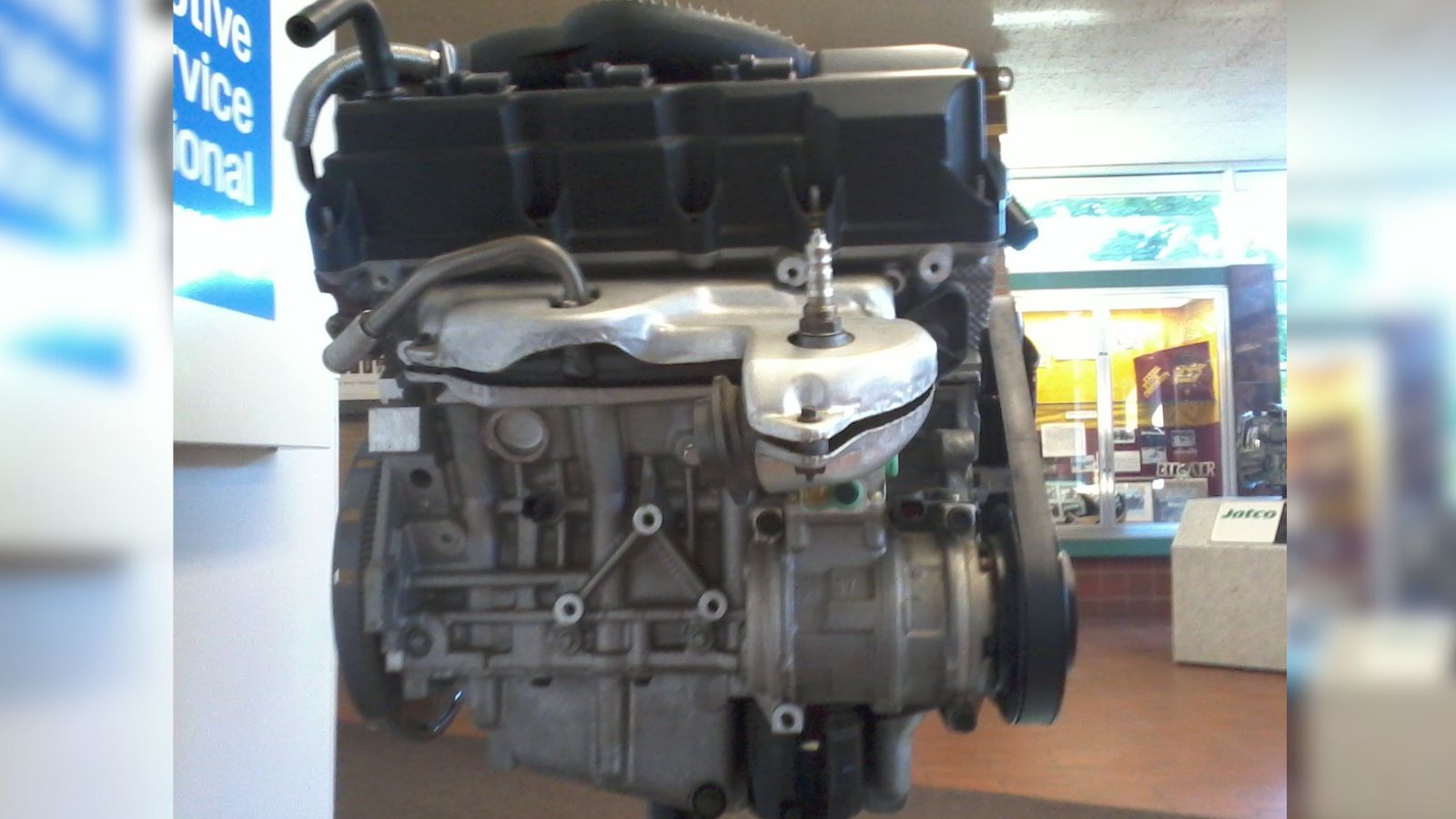
Built between 1998 and 2010, Chrysler’s 2.7 liter V6 powered cars such as the Dodge Intrepid, Chrysler Concorde, and Sebring. It made between 200 and 235 horsepower depending on application, which looked competitive at the time. The problem was oil sludge buildup, a result of poor internal oil passage design and high operating temperatures. Engines often failed before 100,000 miles, with timing chain tensioners and water pumps prone to early failure as well. A full rebuild or replacement could cost 4,000 dollars or more, which was often more than the value of the car itself on the used market.
General Motors Oldsmobile 5.7 Liter Diesel V8
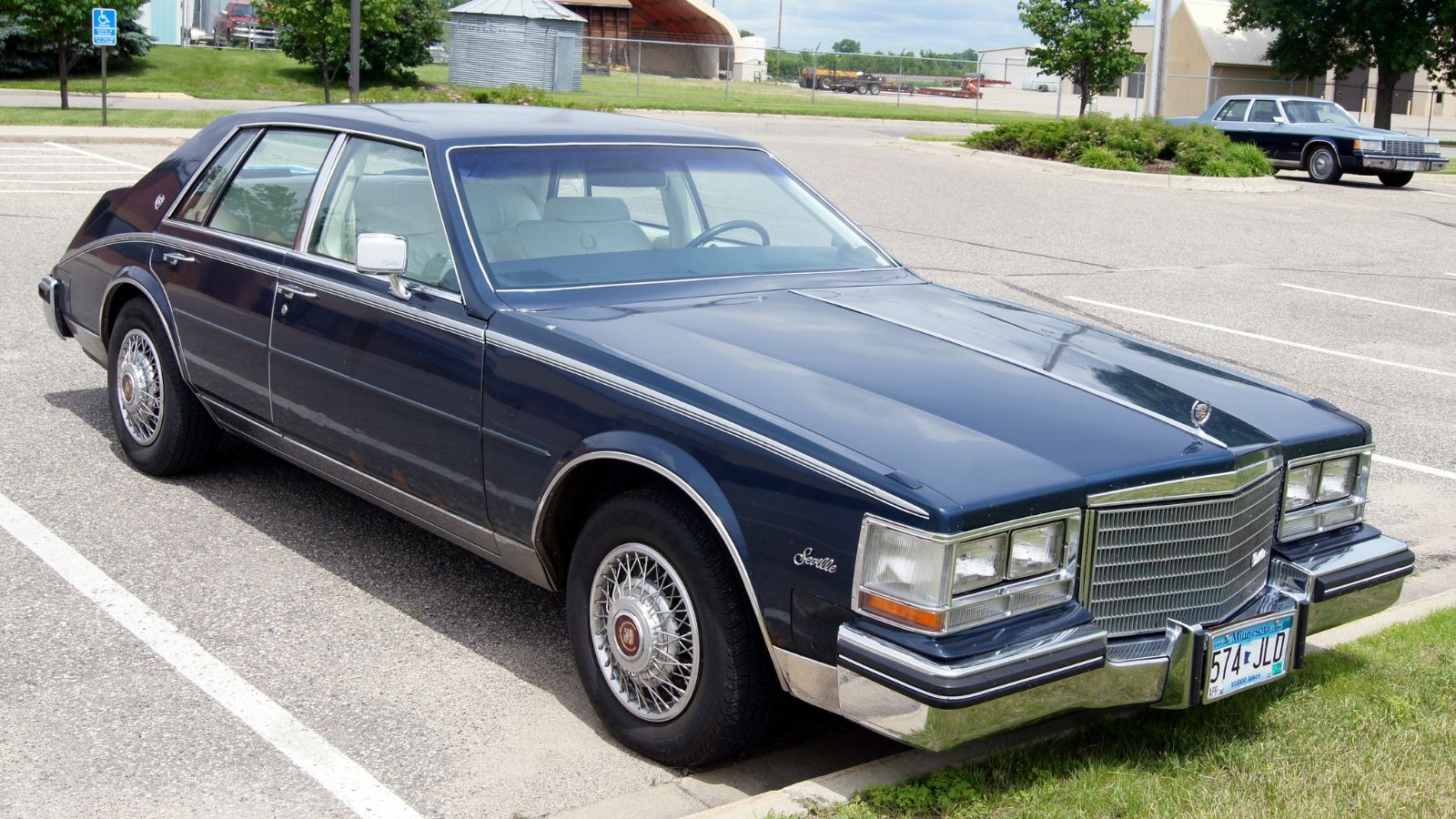
In 1978 GM rushed to produce a diesel V8 by adapting a gasoline Oldsmobile block. The result was the 5.7 liter diesel V8, which produced just 120 horsepower and 220 lb ft of torque. With no reinforced internals, the engine suffered from head bolt failures, weak blocks, and fuel injection pump issues. Many failed within 30,000 miles. GM’s refusal to acknowledge the severity of the problems led to lawsuits and destroyed consumer trust in diesel passenger cars for decades. Repair costs often topped 5,000 dollars for an engine replacement, wiping out resale values almost overnight.
Subaru 2.5 Liter EJ25
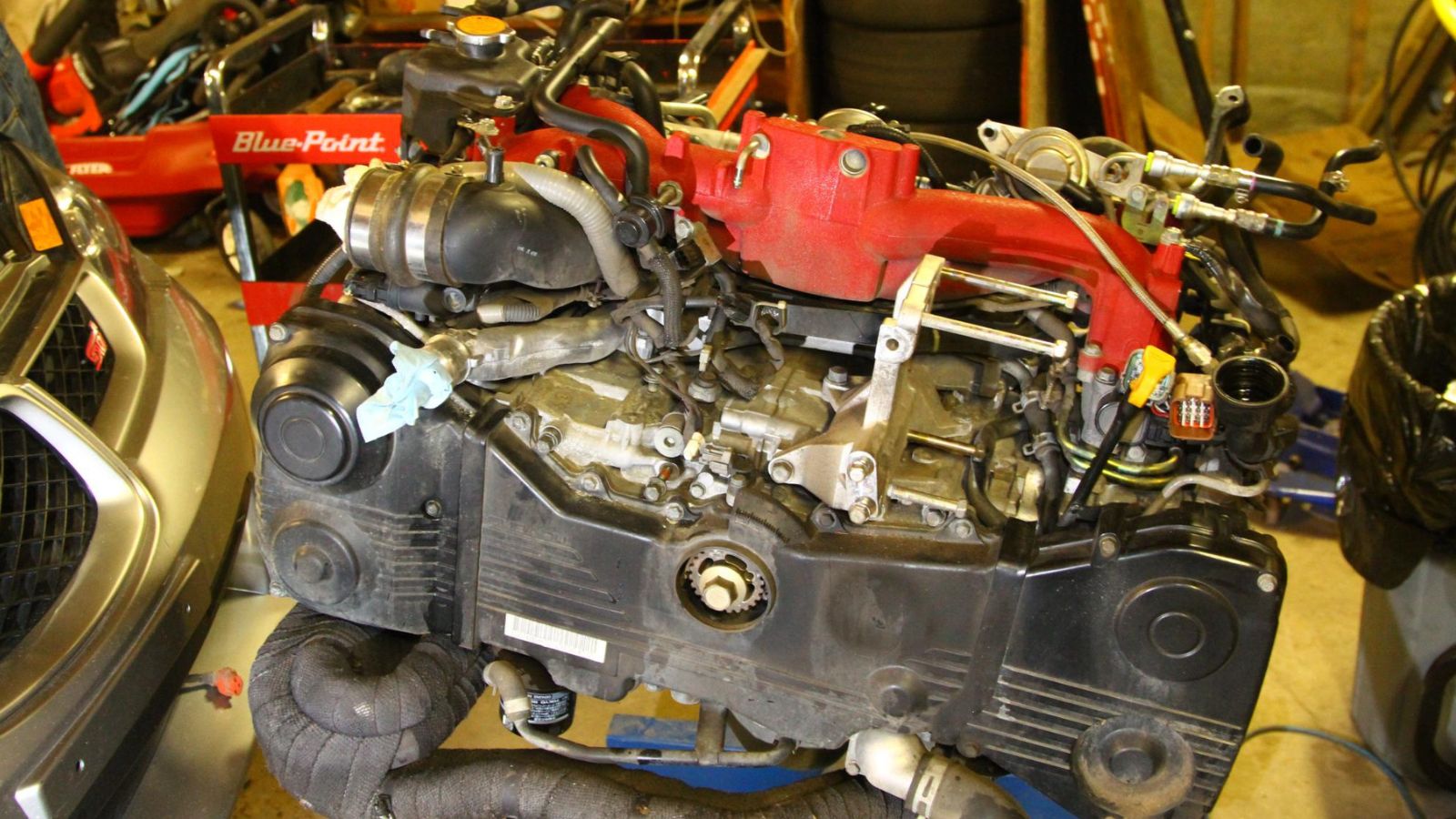
The EJ25 engine was produced from 1996 through 2012 and used widely in Subarus such as the Outback, Forester, and Impreza. Power ranged from 165 to 175 horsepower in naturally aspirated versions. Despite Subaru’s reputation for reliability, this engine became notorious for head gasket failures caused by cooling system weaknesses. Many owners faced repeat gasket replacements within 80,000 miles. The cost of repairs was typically 1,500 to 2,500 dollars per job, and some unlucky owners needed multiple gasket replacements in the life of the car. The issue became such a black mark that Subaru extended warranties on some models to protect its reputation.
Ford 3.8 Liter Essex V6
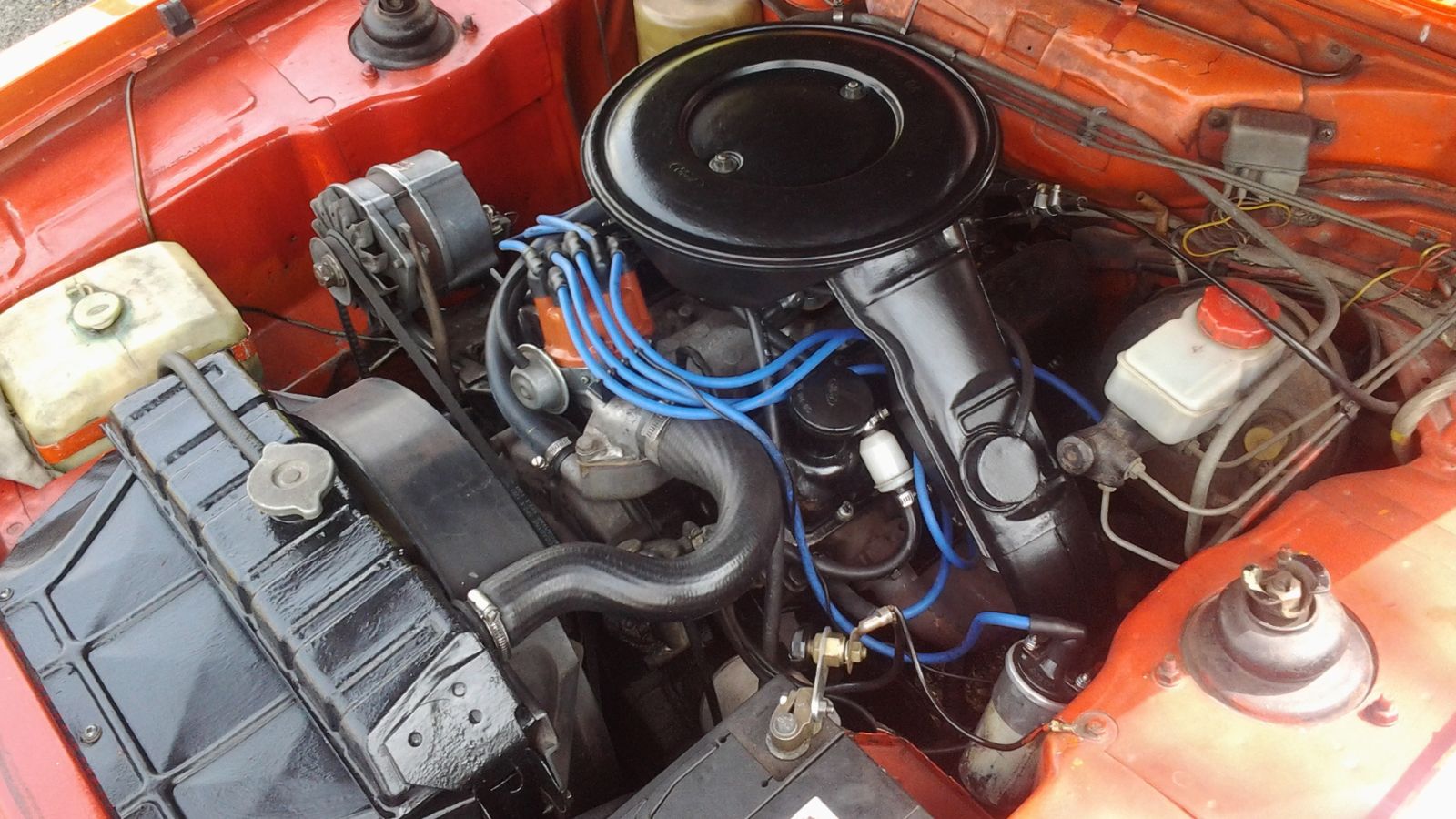
The Ford 3.8 liter Essex V6 was produced between 1982 and 2008, powering vehicles such as the Taurus, Mustang, and Windstar. With outputs ranging from 120 to 200 horsepower, it was a workhorse engine but notorious for chronic head gasket failures in the 1990s. The issue was so widespread that Ford extended warranties on affected vehicles. A blown head gasket typically cost 1,200 to 2,000 dollars to repair, and many cars needed the job done more than once. Combined with other reliability issues, the Essex engine developed a reputation as one of Ford’s least durable powerplants.
BMW N63 Twin Turbo V8
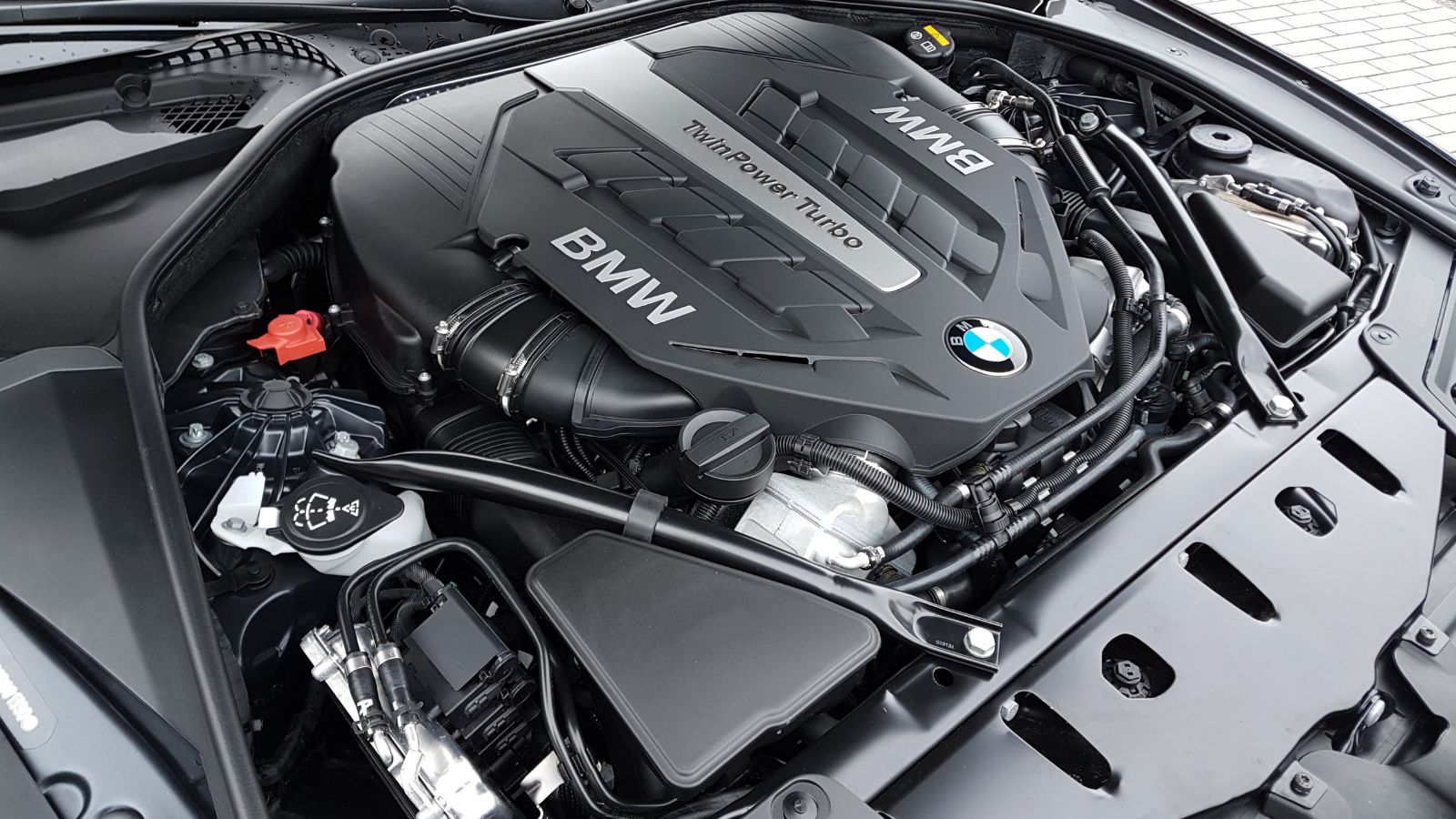
Introduced in 2008, the BMW N63 4.4 liter twin turbo V8 was meant to showcase cutting edge performance in models like the 7 Series, 5 Series, and X5. Producing between 400 and 445 horsepower, it looked impressive on paper. In reality, it suffered from severe oil consumption, stretched timing chains, failing injectors, and turbocharger issues. Repairs were brutally expensive, often costing 5,000 dollars or more per visit. BMW eventually issued a “Customer Care Package” to address the widespread problems, which included replacing major engine components under extended warranties. Even so, the N63 remains one of the most notoriously unreliable modern luxury engines.
Ford Edsel MEL 410

The Ford Edsel’s 410 cubic inch MEL V8 was built for the 1958 model year as part of Ford’s ill fated Edsel project. Rated at 345 horsepower, the big block looked competitive on paper but suffered from poor carburetion and overheating issues. Combined with the Edsel’s disastrous launch, the engine’s problems only made matters worse. Owners faced frequent breakdowns and costly repairs for an engine that was only in production for a single year. Few mechanics were familiar with it, which further inflated repair bills and cemented the Edsel’s reputation as one of the greatest flops in automotive history.
Volkswagen and Audi 1.8 Turbo
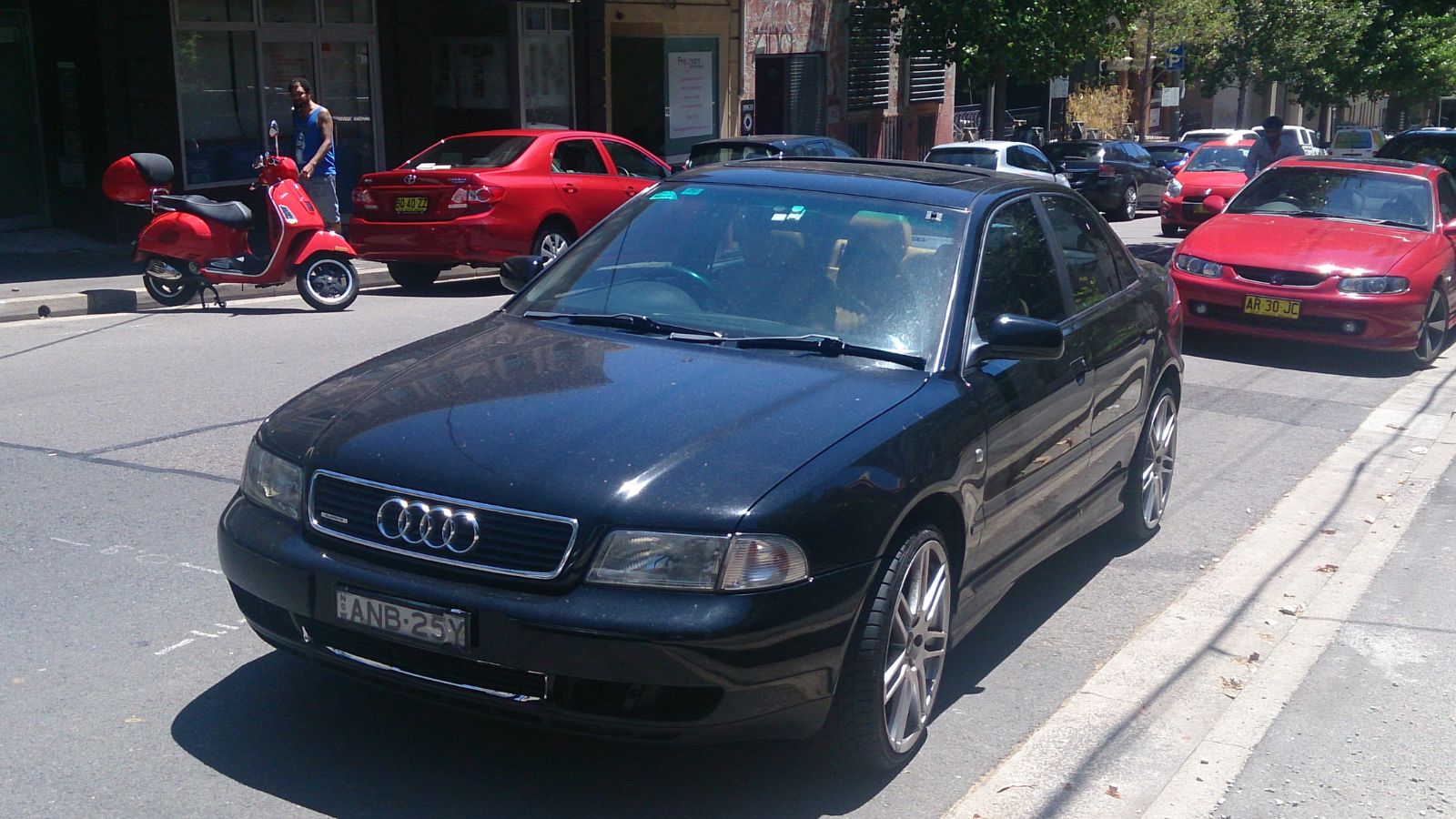
Volkswagen and Audi’s 1.8 liter turbocharged four cylinder was introduced in the late 1990s and used widely through the early 2000s in models like the Passat, A4, and Jetta. Output ranged from 150 to 180 horsepower. The problem was severe oil sludge buildup that starved the engine of lubrication, leading to catastrophic failures. Timing belt failures were also common if maintenance intervals were not followed perfectly. A seized engine could cost 4,000 dollars to replace, more than many of the cars were worth on the used market. Lawsuits and extended warranties followed, but the damage to VW and Audi’s reputation for reliability lingered.
Mazda Rotary 13B Renesis
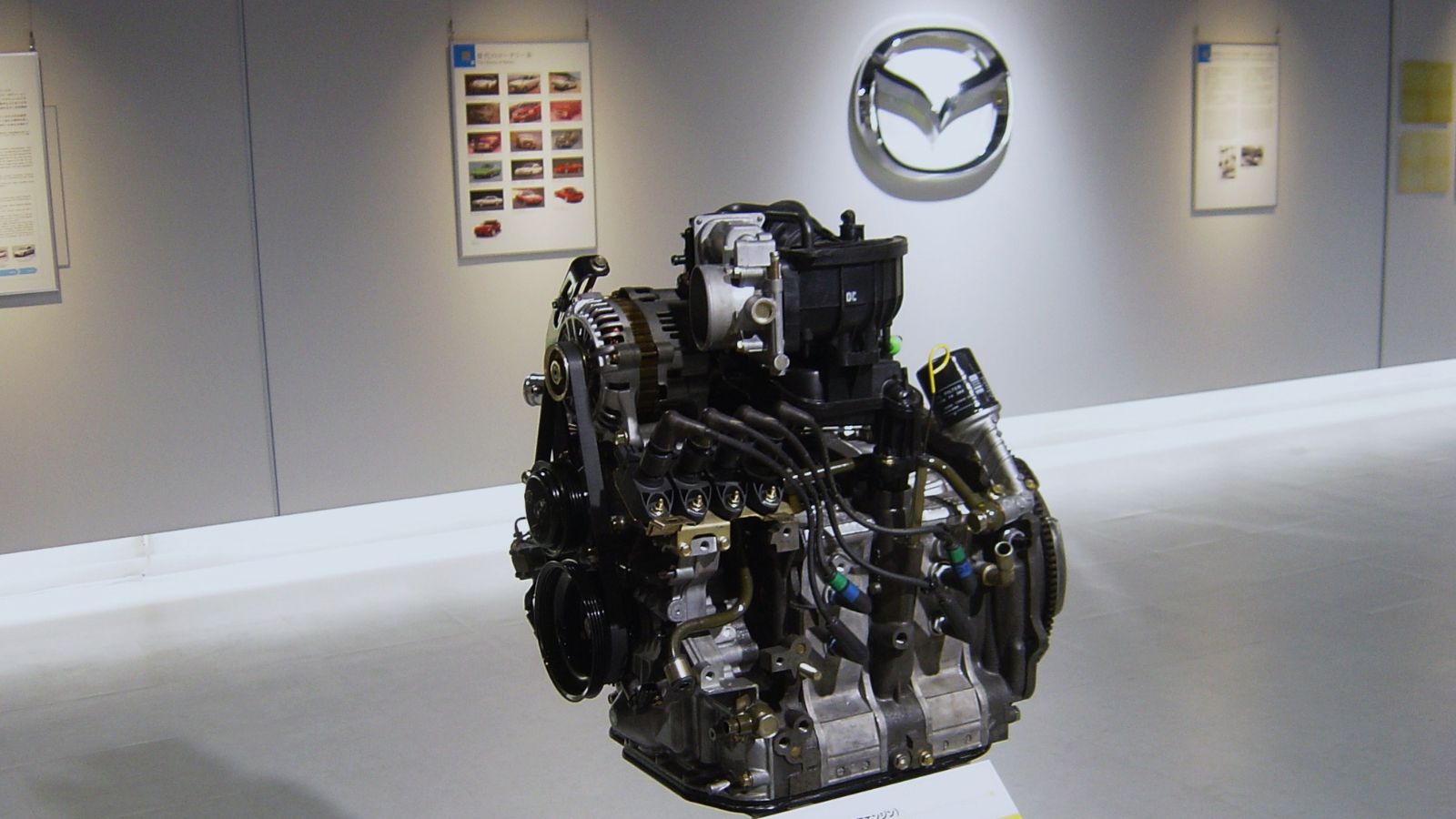
The 13B Renesis rotary engine powered the Mazda RX 8 from 2003 to 2012. It produced between 197 and 238 horsepower depending on trim and was praised for its smoothness and willingness to rev. Unfortunately, it suffered from high oil consumption, poor fuel economy, and premature apex seal wear that led to low compression. Many engines needed rebuilds before 60,000 miles, with costs ranging from 3,000 to 5,000 dollars. These issues killed the RX 8 and forced Mazda to shelve the rotary program, ending decades of rotary production.
Triumph Stag 3.0 Liter V8
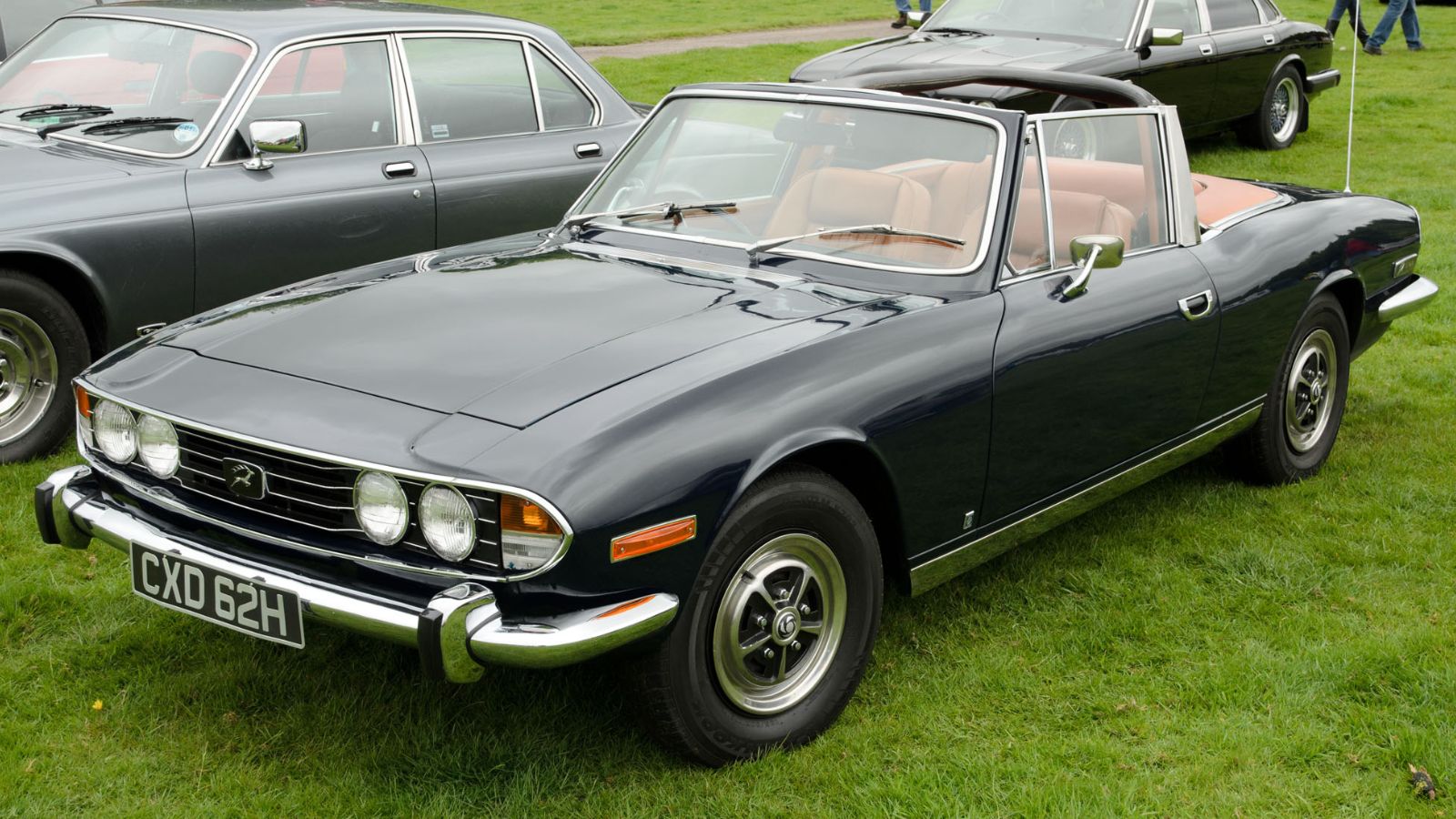
In 1970 Triumph launched the Stag, a stylish convertible aimed at competing with Mercedes. It featured a 3.0 liter V8 producing 145 horsepower, but the engine was rushed into production and plagued by failures. Timing chains stretched prematurely, the cooling system was inadequate, and cylinder heads warped easily. Many engines overheated and seized within a few years of ownership. Repairs often cost more than the car’s resale value, which destroyed the Stag’s reputation. The car could have been a star, but its disastrous engine turned it into a cautionary tale.
25 Facts About Car Loans That Most Drivers Don’t Realize

Car loans are one of the most common ways people fund car purchases. Like any other kind of loan, car loans can have certain features that can be regarded as an advantage or a disadvantage to the borrower. Understanding all essential facts about car loans and how they work to ensure that you get the best deal for your financial situation is essential. Here are 25 shocking facts about car loans that most drivers don’t realize:
25 Facts About Car Loans That Most Drivers Don’t Realize
